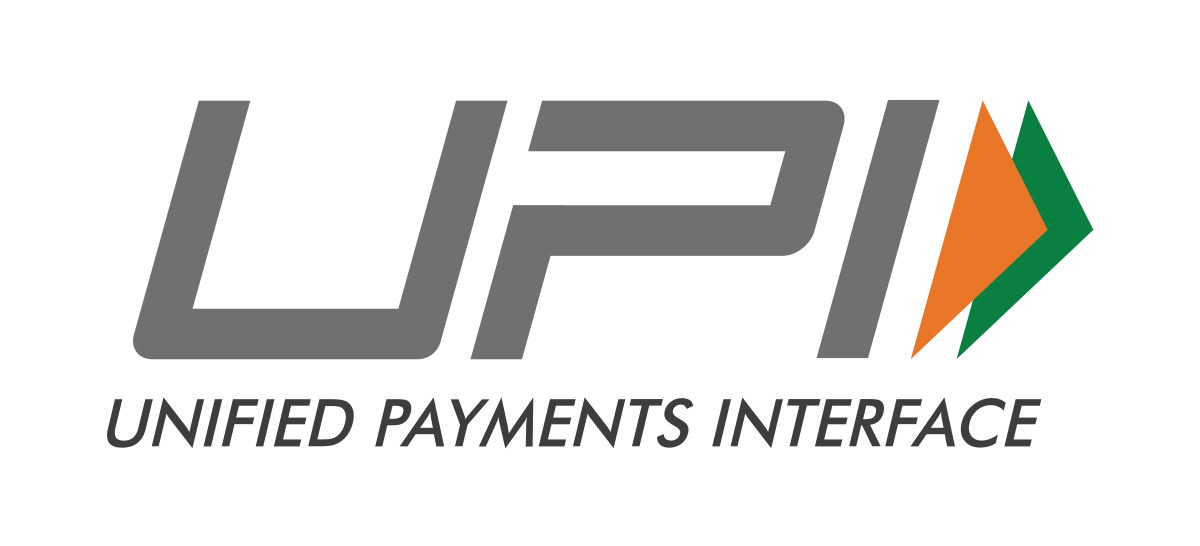Five Questions you should ask to collect Insights on UPI Adoption Readiness in Rural India

Earlier this year, in one of our blogs, we talked about the lessons we can learn from the Unified Payments Interface (UPI) in driving the popularity of digital payments in a crowded marketplace. UPI’s inherent features, combined with innovative promotional activities, have not only created demand but also doubled the transaction by value in the last one year between Nov-19 to Nov-20.
However, adoption and growth are primarily led by the urban population, while the rural economy continues to be cash heavy. To design interventions in driving digital payments in rural India, first, we need to understand what the level of readiness is.
Here are the five key questions which will help in assessing the UPI Adoption Readiness in rural India. However, the primary pre-condition for UPI readiness in rural India is availability of high-speed internet which have seen a growing penetration in recent years.
Key Question 01. What is the availability and use of UPI enabled bank accounts among the target Rural Population?
Why is this a good question to ask: Having a bank account does not necessarily imply it can support UPI. Most Jan Dhan Yojana bank accounts which rural population in India has been creating since 2014 are Rural Regional Banks that, in most of the cases, do not support UPI payments. UPI adopters will need a functional savings bank account which supports UPI transactions. Additionally, many potential adopters, especially women in rural India, may not have functional bank accounts. This question helps collect the insights on the availability of a functional bank account among target users which can support UPI payments.
How to use the insights: The insights from this question will inform the availability of a UPI enabled bank account for the target users. Once we understand the readiness of the bank account, a UPI adoption program needs to find ways to develop the behaviour among the intended users of visiting the bank and depositing cash in his or her account.
Key Question 02. What is the status of smartphone ownership among target users?
Why is this a good question to ask: UPI can be used via feature phones; however, smartphone-based applications like BHIM, GPay, PhonePe etc. are the simplest ways to use UPI for the rural population who are largely less literate. This question helps us understand the readiness of the infrastructure required to adopt UPI.
How to use the insights: It is difficult to adopt UPI without having a smartphone. Hence this key question should try to understand if the intended user has a personal smartphone or at least one smartphone in the family, which he or she can have access to for setting up the UPI account. If there are no smartphones in the entire family, it is better to skip feature phone-based UPI adoption and look into ways to provide access to a personal smartphone.
Key Question 03. What is the availability and access to debit cards?
Why is this a good question to ask: Debit Cards are indispensable in configuring a UPI application for the first time on the smartphones of users. But having a bank account does not necessarily imply having a debit card. Hence, this question aims to answer if the user has a debit card issued by a UPI enabled bank account and whether it is functional or not.
How to use the insights: Users who already have debit cards are ready to configure UPI accounts and then start using them. Here we need to check whether the debit cards are functional or have become obsolete. However, in case the intended users do not have a functional debit card, they need to apply for one to start using UPI.
Key Question 04. Have the intended users linked their bank accounts with their mobile numbers?
Why is this a good question to ask: When a user configures UPI for the first time on the smartphone, he or she receives a one-time password (OTP) on the mobile number registered with his or her bank account. This step cannot be bypassed, and hence it is a pre-requisite to link the bank account to the mobile number of the smartphone which is used for configuring the UPI account.
How to use the insights: In case the intended user does not have the mobile number registered with the bank account, link it first to ensure UPI readiness.
Key Question 05. What is the current awareness and use of digital payments?
Why is this a good question to ask: This question will help in assessing the familiarity of the target users with other popular digital payment apps and non-cash payments like cheque, and digital payments like bank transfers (e.g., NEFT, RTGS etc.).
How to use the insights: The level of familiarity will determine the degree of handholding needed in introducing the concepts and technical training on digital payments.










